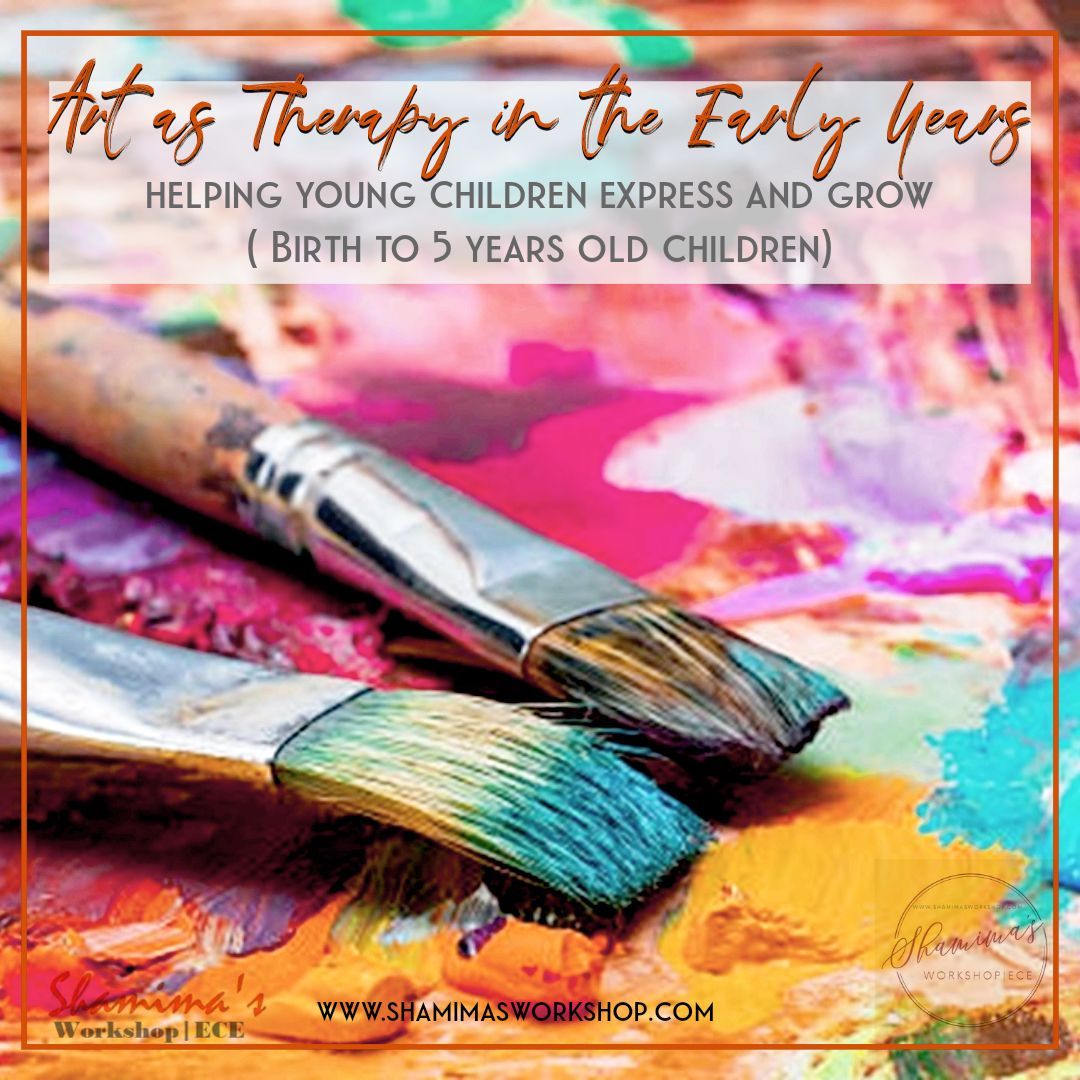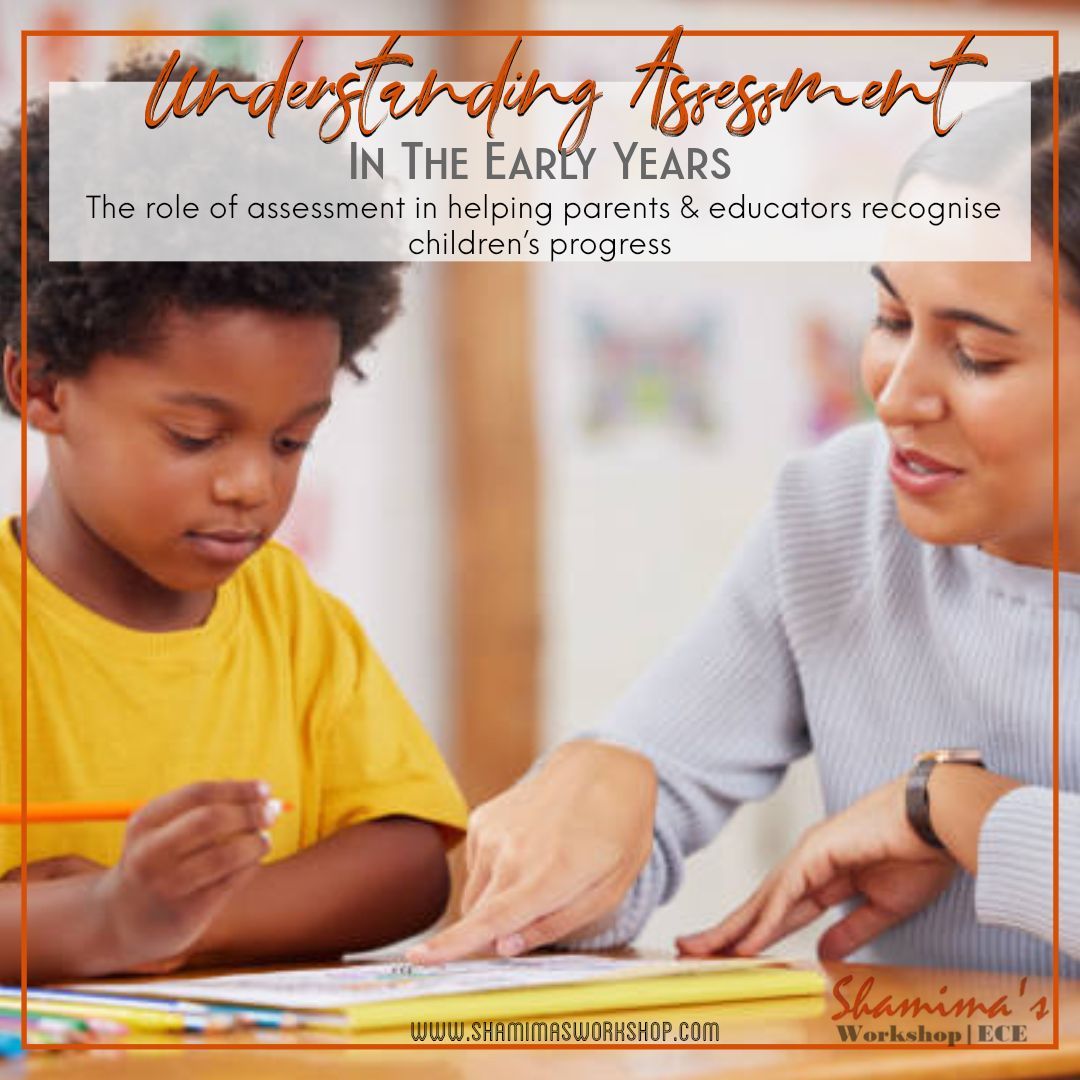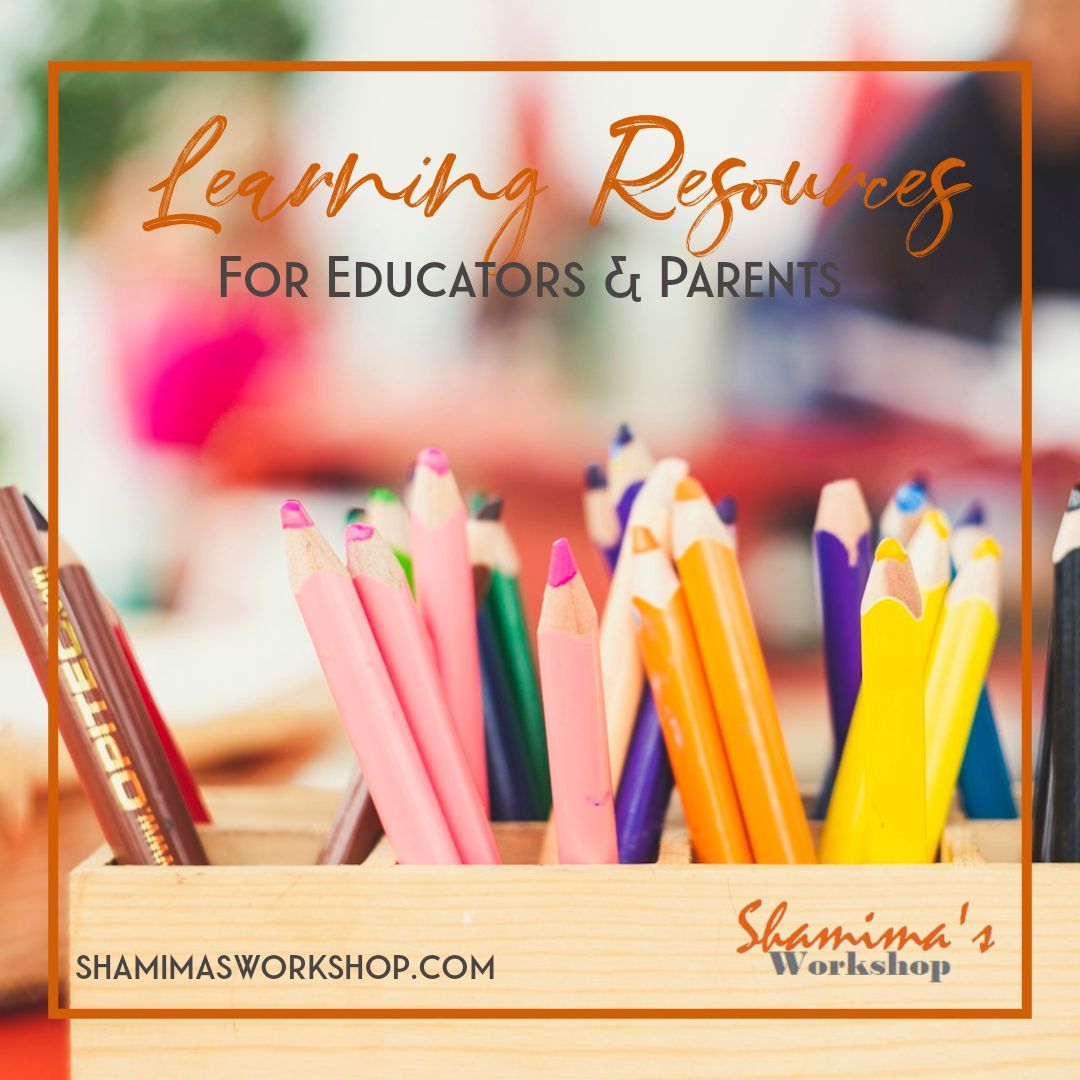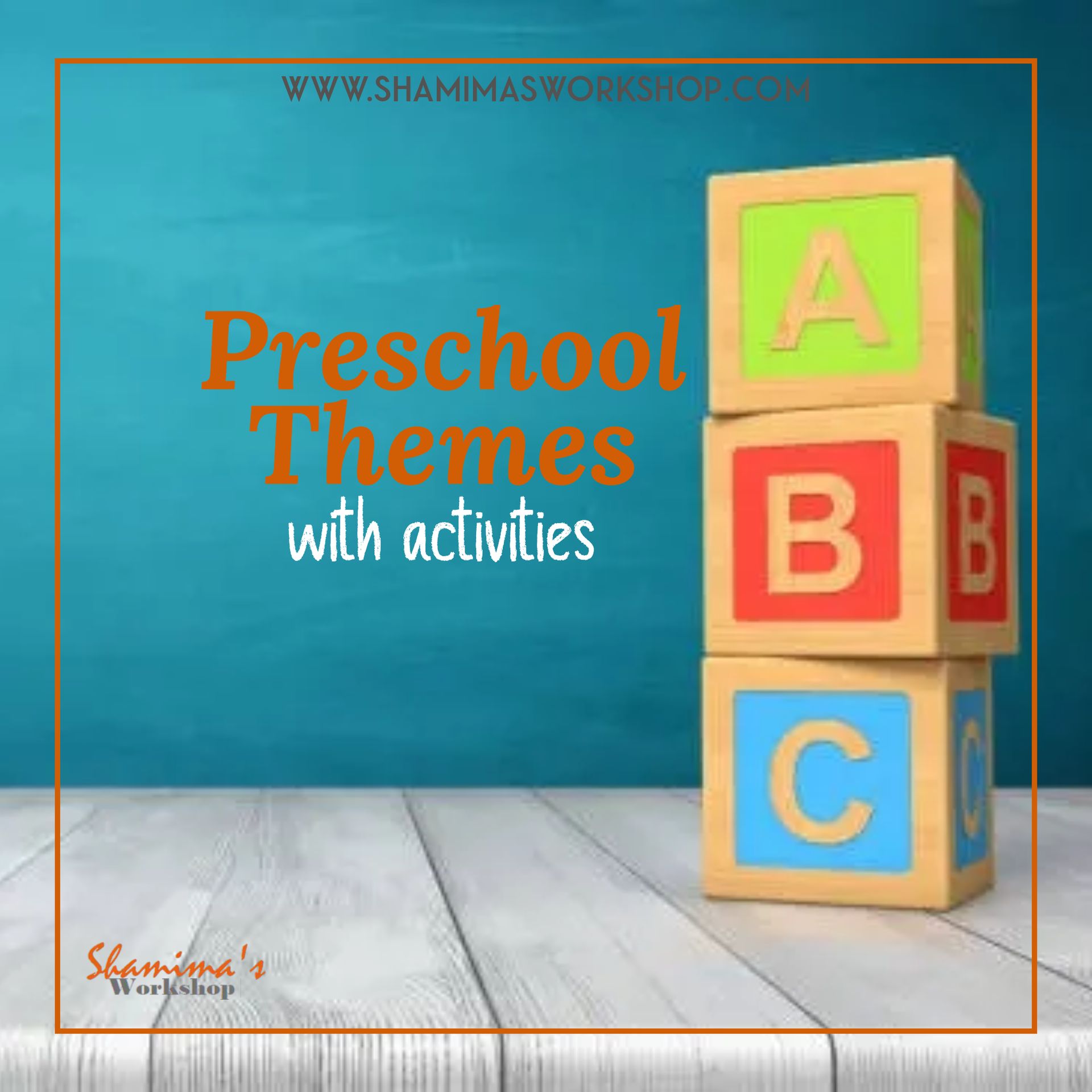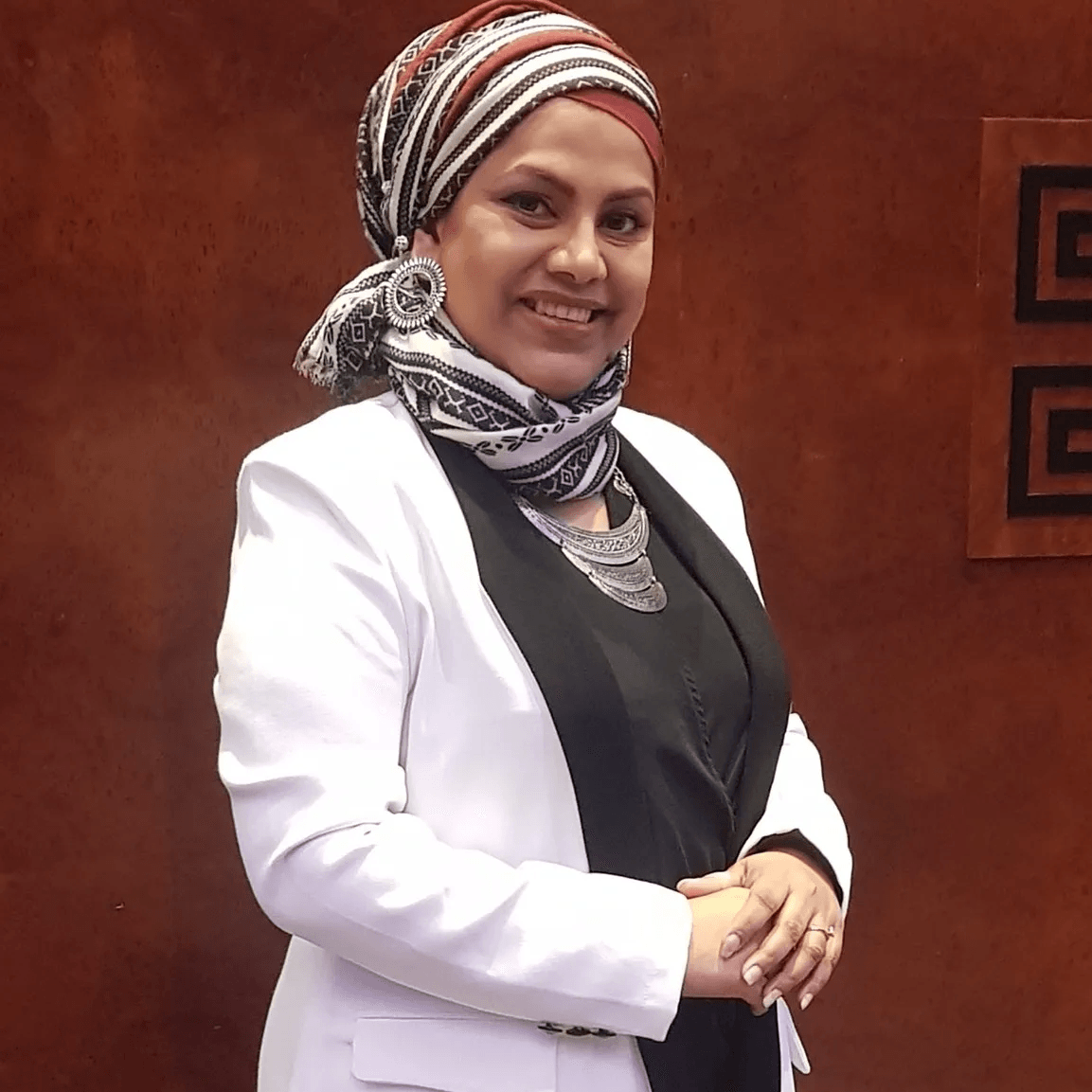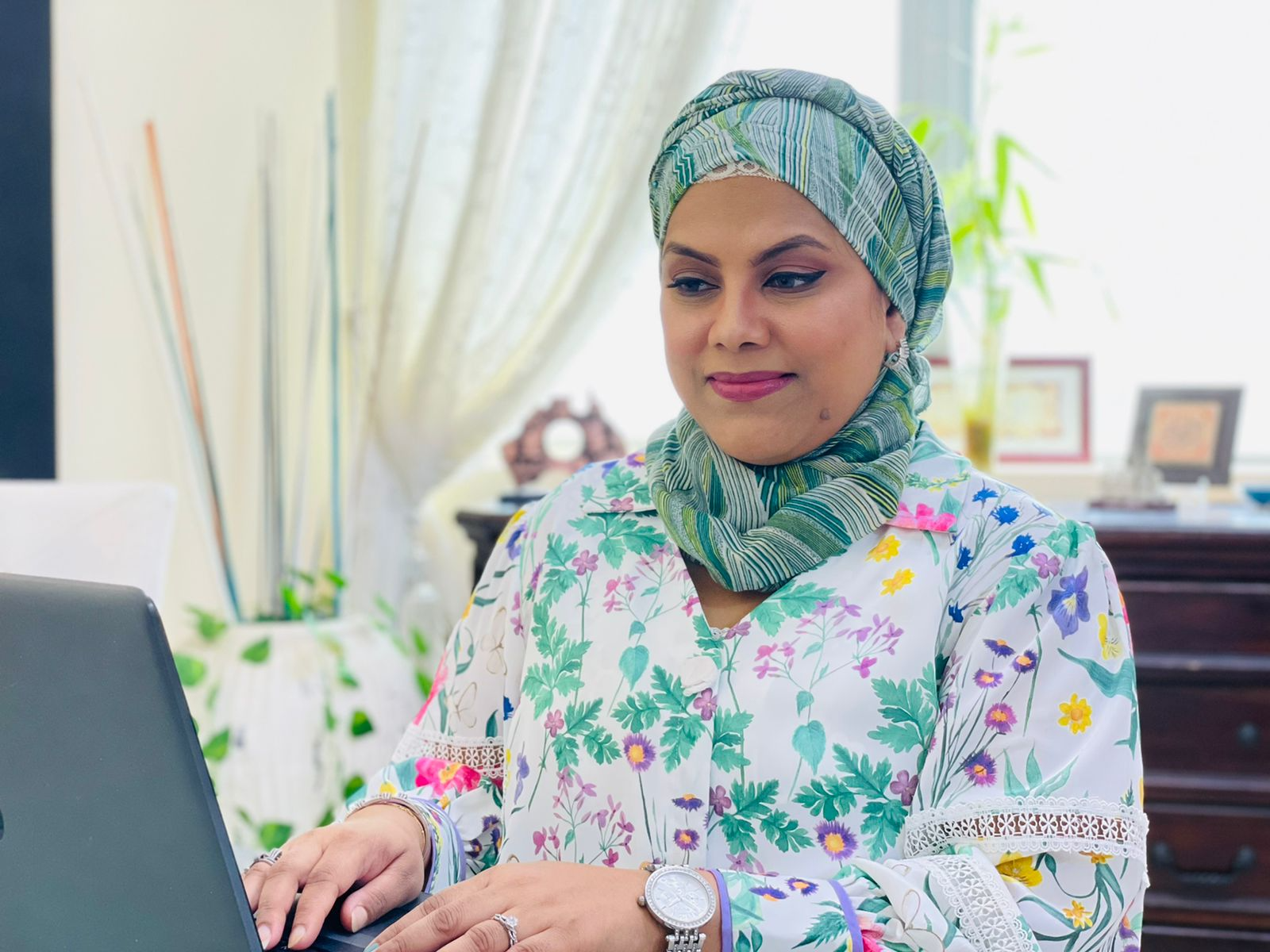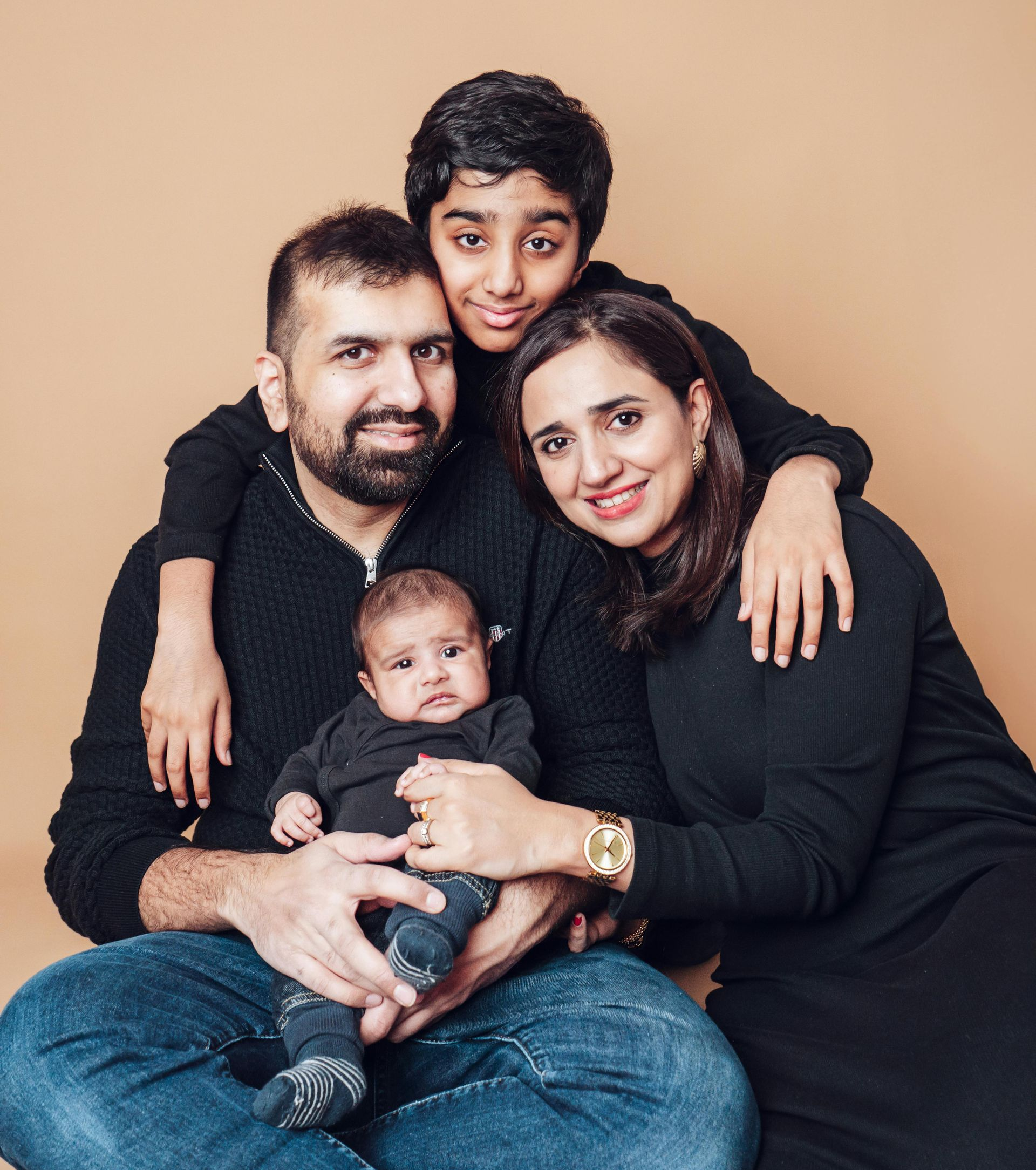Speaking and Listening Activities for Children
Talking and listening are essential developmental skills for children. The ability to listen is essential for language development and reading. Children improve their vocabulary, grammar, and sentence structure. Listening entails paying attention to sounds in the environment, music, conversation, and a story. Listening to people speak helps children learn languages. As children learn to communicate with one another, they ask questions, listen to word definitions, and learn interesting and important facts about the world.
Importance of Talking and listening activities for Preschoolers:
Talking and listening skills are very important for the child’s learning and development because if the child’s talking and listening skills are good, they can develop the rest of their skills. Let's discuss some reasons why listening and speaking games are important for the child's learning and development.
Language and Communication Development:
When children listen to others, they will gain new vocabulary words that they will use in their communication. Additionally, they will be able to express themselves more clearly and to place their thoughts logically. For that, we have to talk to children as we talk to adults, but in a clearer way and slowly so that the child will memorize these new words and use them when he communicates with others. When children listen carefully and learn new words, they will be developing their language and communication skills.
Listening and talking activities enhance vocabulary and language skills in children. As they talk, they grab new words, they pick different expressions and narrate them in his own words. By talking and listening children enhance their multi language skills.
Emotional development:
Children have different tantrums sometime they feel sad, happy and sometime super exited. Talking and listening skills help to express their feelings in right way, like crying, anger, and sense of happiness. They able to develop self-esteem, self-confidence and self-control. They better get idea how to control and express their feelings and thoughts positively.
Social development :
Children who are active listeners will develop their language and be able to express themselves to others in an effective way. Once children have good communication skills, they will have good relationships with others, especially their friends. So listening and talking to others are key elements for social development.
Cognitive development:
Children who listen carefully and are active listeners will have better memory and concentration than those who are passive listeners. So those who focus on listening find it easier to incorporate what they hear and will remember it for a longer time. So Listening and talking games improve children’s memory and concentration.
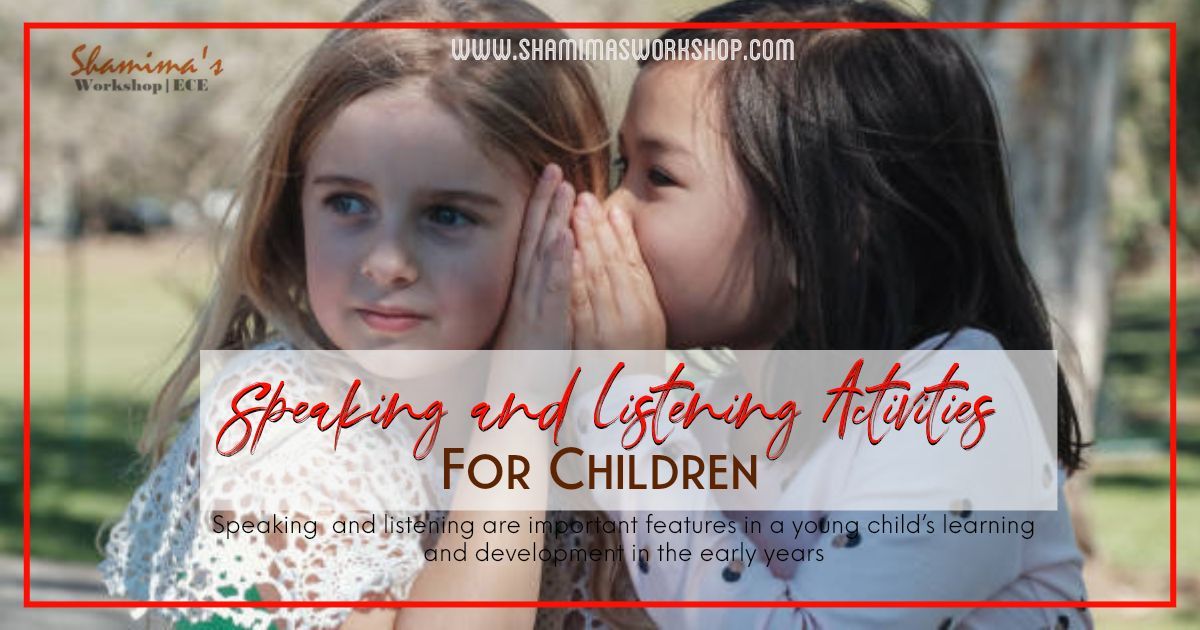
Role of the adult when talking and listening to children:
Being adult there are some points which we should follow while talking and listening to children as adult body language or word can affect the personality of a child. So adult play a very vital role in talking and listening activities of children, here are some suggestion how we being adult can help child during their listening and speaking activities:
Role model to the Children:
it is of great importance for an adult to be a good example and be very careful and conscious of the type of language and words that he/she will use to communicate with children. Always use simple words and also try to introduce new words when to talking to children so that their vocabulary and language skills are enhanced every day. Give children simple and straight forward instructions so that they may be able to fully understand instructions given to them and to catch their attention. The adult should always try to be on the children’s level, listen actively to them and let them talk freely always.
Most children are very loud when they speak, or they may speak whilst crying or doing some tantrums. This, therefore, calls for the adult to stay calm in such situation and try to under the message that is being communicated by the child. As an adult, always try to find new ways of making the children speak and listen especially through games and activities. For example, when doing action songs, the adult needs to demonstrate the actions to the children.
Make Eye contact:
When listening to children, make lots of eye contact and be patient. Making eye contact allows both adult and children to concentrate on the discussion and read facial emotions. This can boost understanding, which can considerably improve communication between the adult and the child.
Let the child finish talking and then respond.
Patience is key for an adult to have. Some children speak slowly and may take time to finish talking, so it will need the adult to give them more time and attention. The adult should give full attention and try to listen understand what the child would be trying to communicate. Do not interrupt children when they speak, let them speak until they are finished then you can help or probe them more if you did not understand what they said.
Avoid putting words in a child’s mouth.
When children speak, the adult should give full attention and try to listen understand what the child would be trying to communicate. Some children speak slowly and may take time to finish talking, so it will need the adult to give them more time and attention. When a child speaks, you should pay close attention. Avoid putting words in a child's mouth, jump in, or cut the child off by reaching a conclusion.
Encouraging children to talk.
Another role of an adult when talking and listening to a child is to support and encourage the child, the adult should support and encourage the child to talk more.
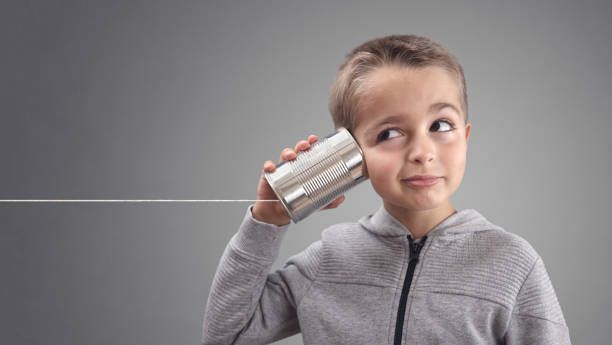
Factors enhance talking and listening activities
Environmental factors: children would not be able to focus on communicating with people if, for example, the place was noisy because the noise would pull their attention away and they could not hear properly. Therefore, when communicating with a child, make sure the place is not noisy, too hot, or too cold for them, or that the child is not in a comfortable seat because they won’t concentrate with you.
Adding audio visual: Adding audio visual aids can enhance talking and listening activities to a large extent. Offering music can support auditory learners and children who may find it difficult to sit and concentrate when a story is being read, this allows all children to be involved in the activity. CD’s can also offer children a range of sounds and visuals from different cultures and backgrounds, extending their understanding of the world and communities. Visual aids and musical instruments are proven to support and refine children’s attention and listening skills expanding their overall learning capacity. Most children can grab and retain more information when they are presented with a visual as it helps them to connect what they are learning or listening to with an image which makes it easier for children to hold in their memory.
Ask open ended questions: After a talking/listening activity like reading or story telling, try to ask questions about the story and characters, what the children learnt from it or how they would have done in a similar situation. Adding relevant questions makes the activity more interactive and engaging for children. Using questions when reading helps to develop children's knowledge, comprehension, imagination, and enjoyment of books and listening activities.
Using puppets can be an effective teaching aid: Adding props to talking and listening activities grabs the children’s attention and prolongs their attention and interest in the activity. Using puppets are a great way for children to rein acts the stories that they hear. They offer children a visual prompt when listening to stories or a nursery rhyme, helping them to understand what is happening. Puppets can be used to help children understand empathy and emotions, whilst giving children who are shy some confidence in interacting with others. Puppets can be bought or be made by the children, to fit with a particular theme or story.
Talking slowly and clearly to children: Talk slowly and clearly to children so that they can understand what we are talking to them taking in to consideration how long they can keep on paying attention and focusing and what things they can understand.
Praise the child: Praise is a very simple but effective tool that can enhance talking and listening activities for children, improve the results from the activities on children as it encourages children to concentrate and do better. When we praise children not only are we acknowledging simple actions and behaviours but we are also giving them a sense of achievement and self-worth. We should acknowledge a child's effort or progress without just focusing on the end result using clear, specific language. Offering descriptive praise shows that we are paying close attention. Praising children for their effort promotes initiation and more willingness to attempt new skills, encourages independent thought and creativity. Specific praise like “good job, you learned a new world today” is more effective than generalized like “good job” to encourage a child.
Final Thoughts:
It’s important for students to continually develop their listening and speaking skills. Listening and speaking activities are of paying attention and getting meaning from something that you hear. By having students engage in a variety of classroom activities like the ones mentioned in this blog, you will help them develop and build their skills.
Welcome
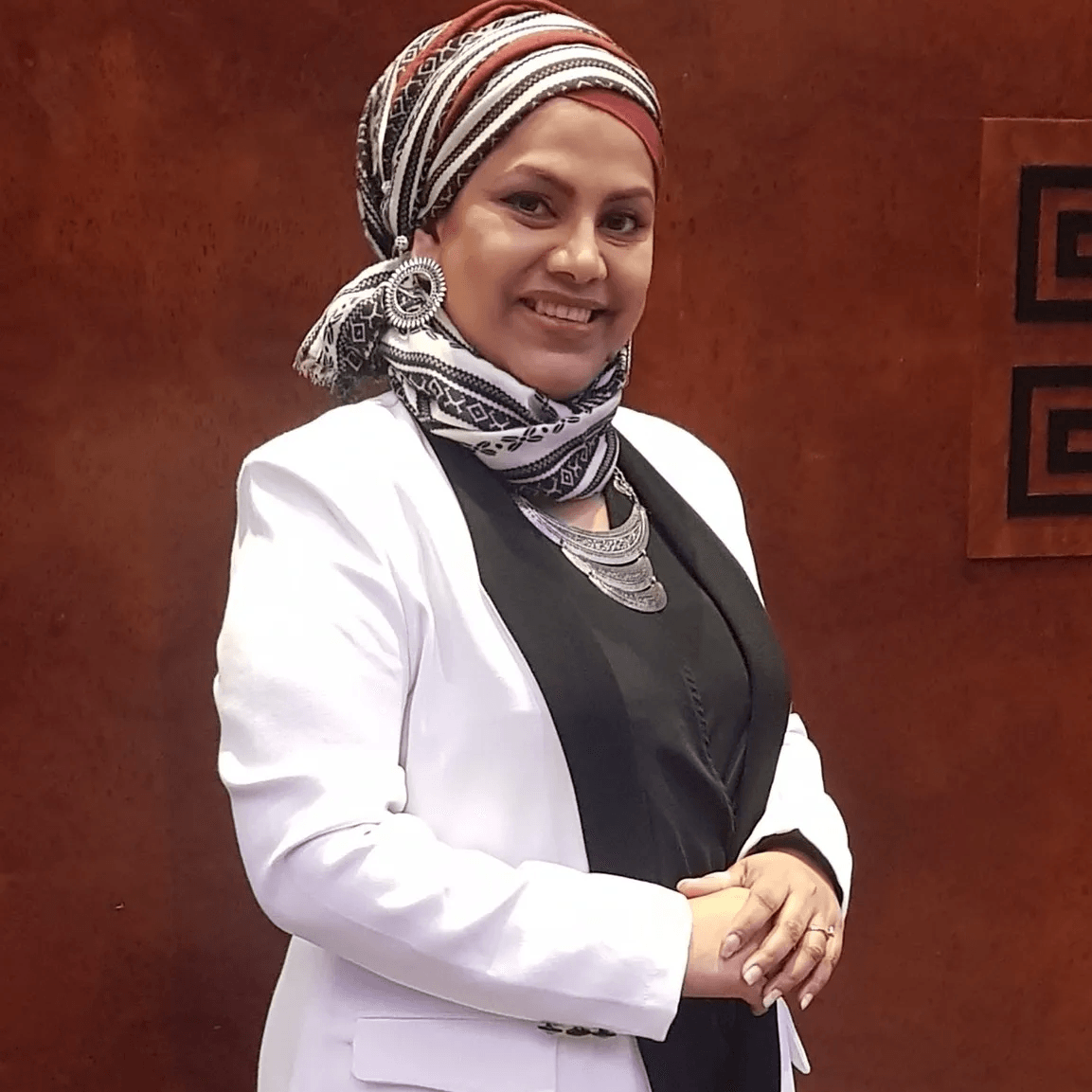
Hi, i am Shamima Fowzee, an early years educator, trainer and consultant. I Share ideas, inspiration, & resources for play-based, inquiry-led learning. Find out more about me here.
SHOP NOW
RECENT POST
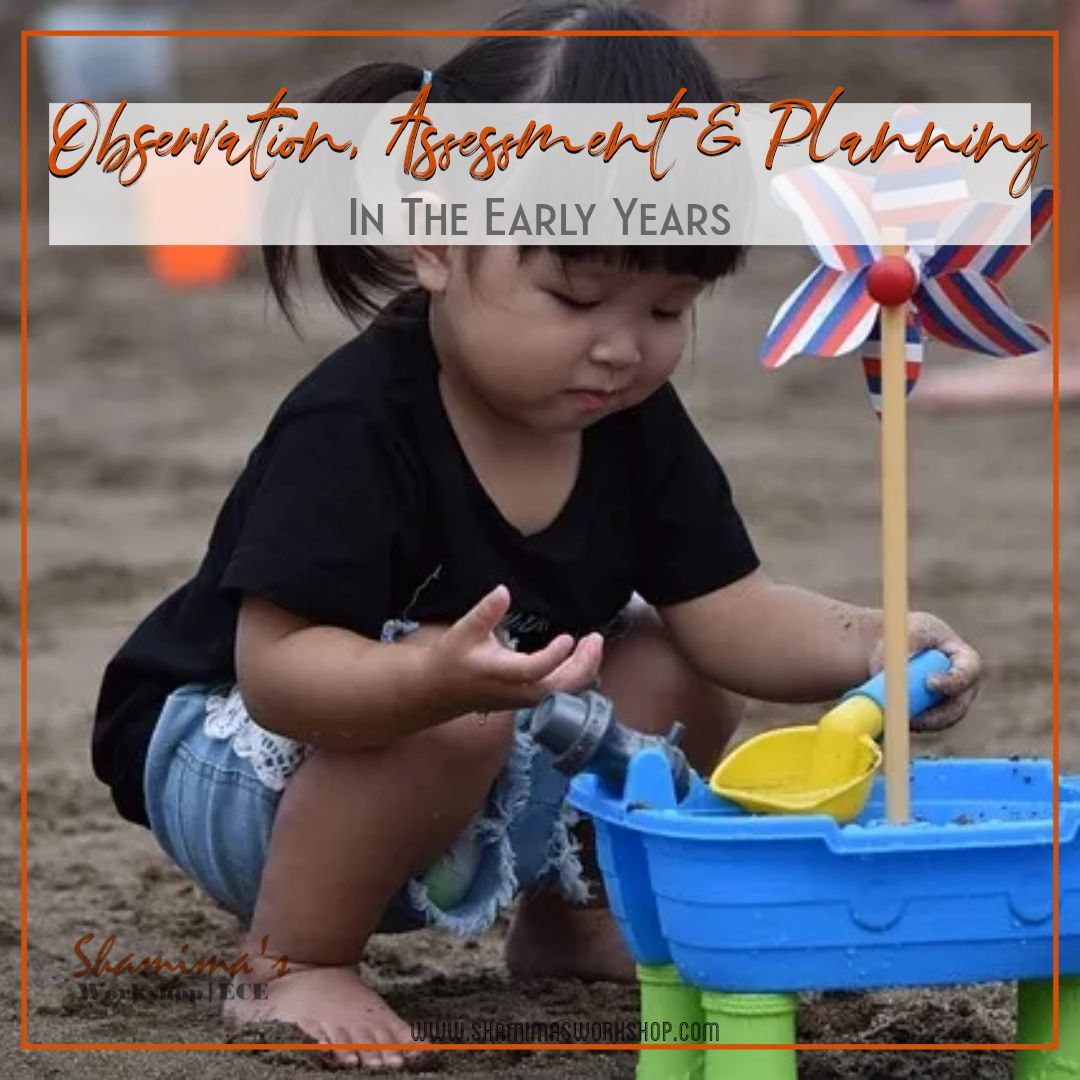
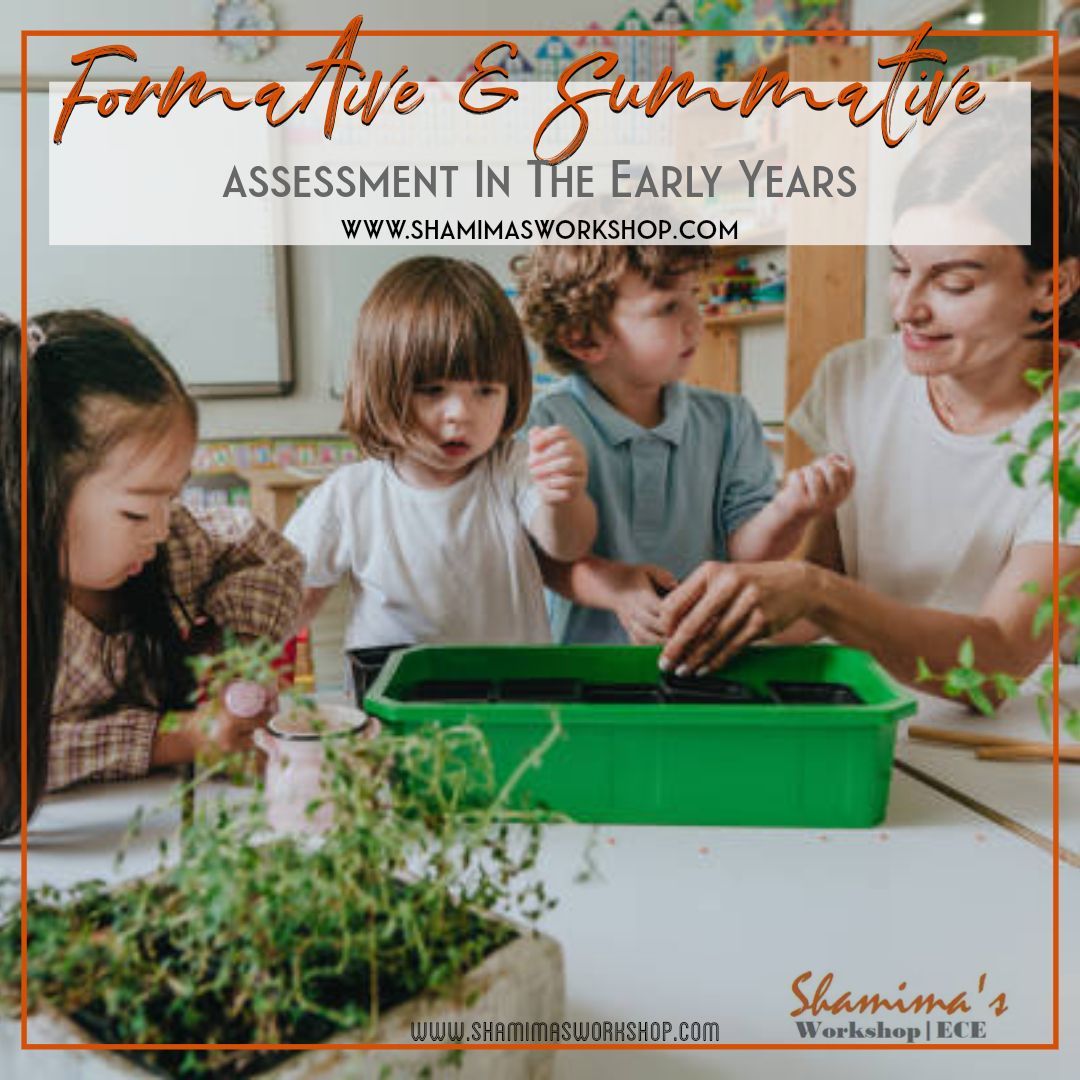
How can I thank you? Spread the word!
For everyone who is passionate about the importance of Early Years.

